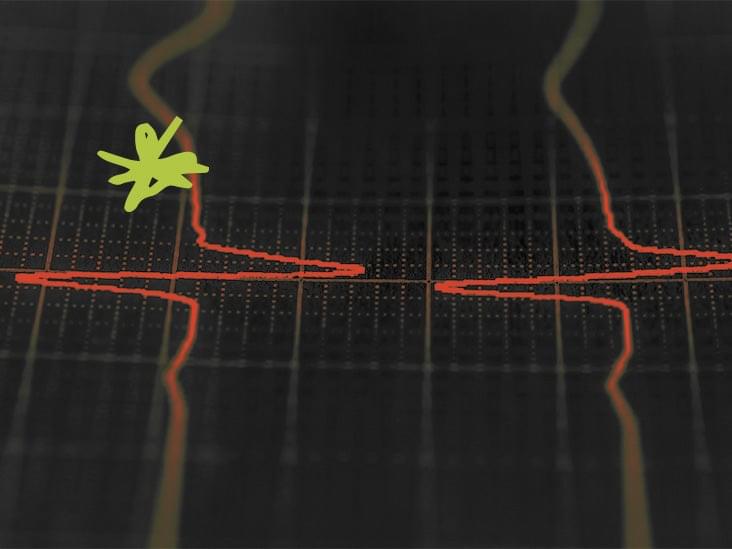According to a study by Astrostrom for ESA, future Moon bases could be powered by a giant space butterfly called the Greater Earth Lunar Power Station (GEO-LPS) covered with solar panels made from lunar materials beaming microwaves to the surface.
One of the major design concerns in setting up a lunar base is finding a reliable means of powering it. Solar power might seem the obvious answer, but with lunar nights lasting 14 Earth days, it isn’t a practical option. However, though the most promising alternative is currently a small nuclear reactor, solar may not be out of the running.
The idea of solar power plants in space has been around for well over half a century. On Earth, solar panels are limited by night time, atmospheric haze, and bad weather, making them only capable of intermittent power generation with limited efficiency. On the other hand, in space, where there is no night and no atmosphere, solar power becomes very attractive.








